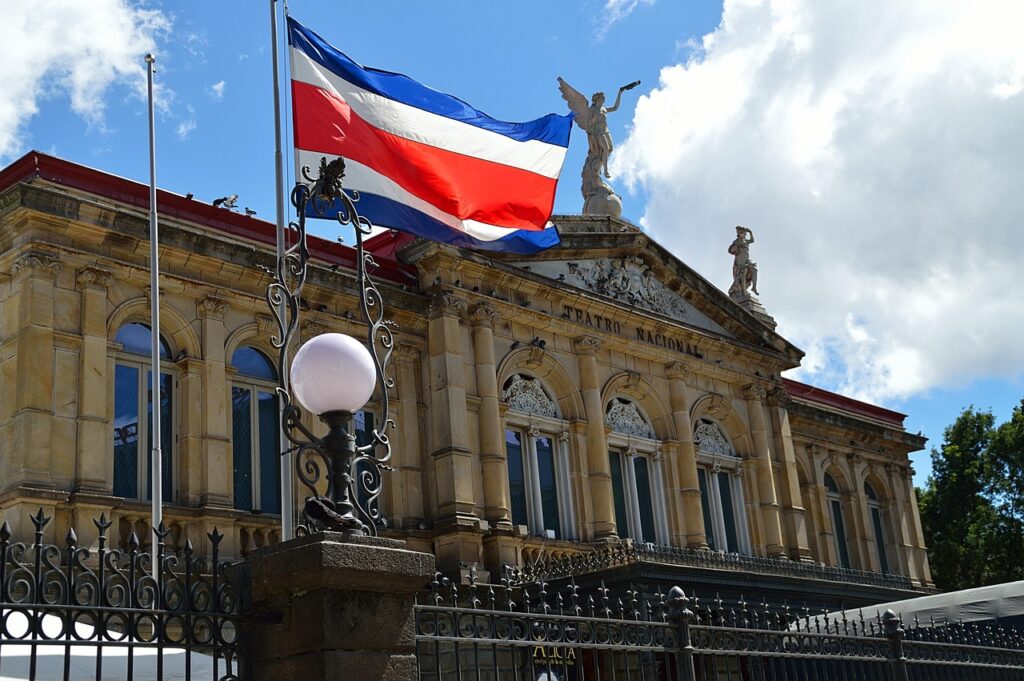Costa Rica‘s entry into CPTPP advanced in the most recent meetings of this trade bloc, according to a joint statement by the ministers of the member countries.
CPTPP is made up of 12 nations, a group that was founded with 11 of them and the United Kingdom as its first expansion.
Costa Rica’s entry into CPTPP
In 2024, Costa Rica imported products with a customs value of US$23.684 billion, an increase of 5% year-on-year. Among its main imported products are petroleum oils (except crude oil), automobiles, medical instruments and appliances, and medicines.
On the other hand, Costa Rican exports of goods amounted to 19,773 million dollars, an annual growth of 10%. From abroad, this country sells mainly medical instruments and devices, orthopedic devices, pineapples, bananas and food products.
Costa Rica’s GDP was $86.5 billion in 2023, at current prices. It has a population of 5.1 million people.
According to projections of the Central Bank of Costa Rica (BCCR), the Costa Rican economy would grow 3.6% in 2025 and 3.8% in 2026, which means a downward adjustment of 0.5 and 0.2 percentage points, in that order, with respect to the previous January estimate. In both years, domestic demand continues to be the main engine of growth.
Costa Rica’s entry into CPTPP is part of a list of economies that have applied to join the bloc. Also on the list are China, Taiwan, Ecuador, Indonesia, Uruguay and Ukraine.
In order to join CPTPP, each applicant must commit to eliminate or significantly reduce import tariffs, open its services and investment markets, and adhere to strict standards in areas such as competition, transparency, intellectual property, rules of origin, and trade facilitation.
International trade
In the first four months of 2025, BCCR noted high global economic uncertainty, driven by protectionist measures, such as the U.S. announcement of tariff increases on April 2.
This decision immediately affected stock markets, interest rates, the dollar exchange rate and commodity prices such as oil and gold. However, some of these effects were reversed weeks later.

